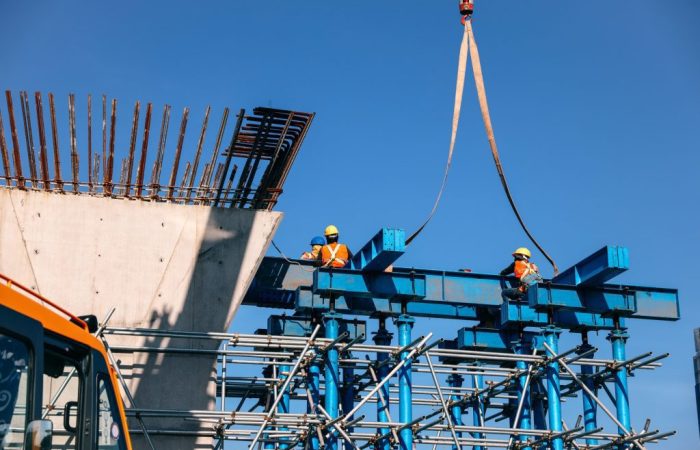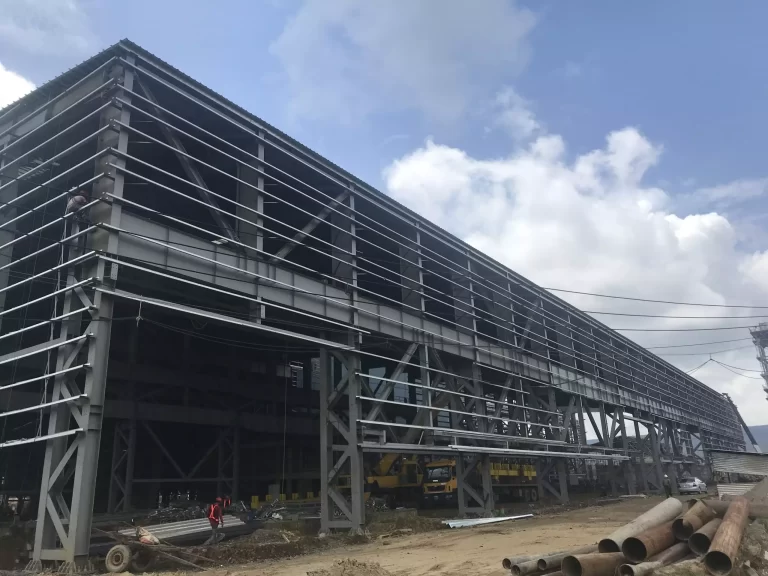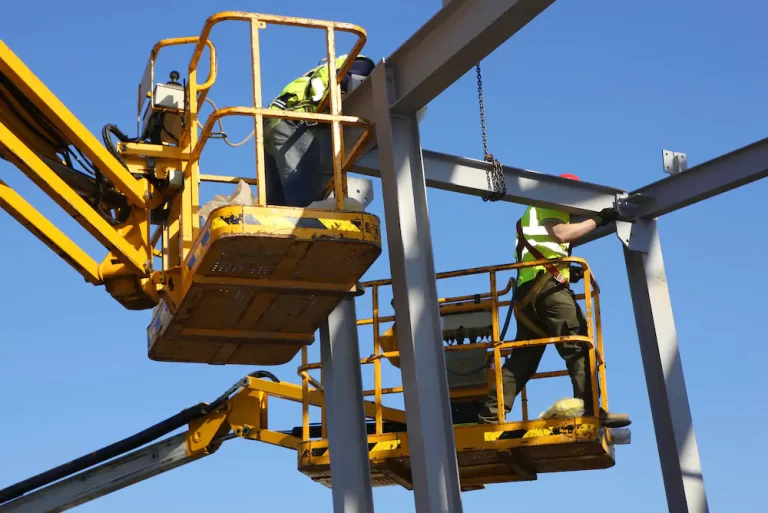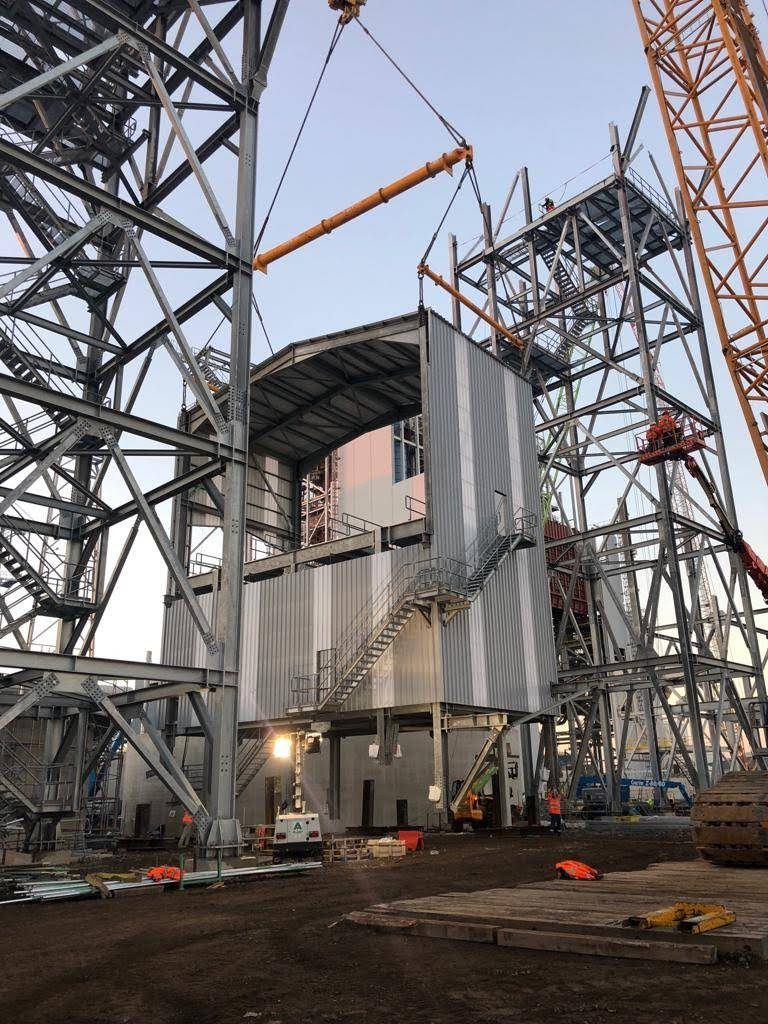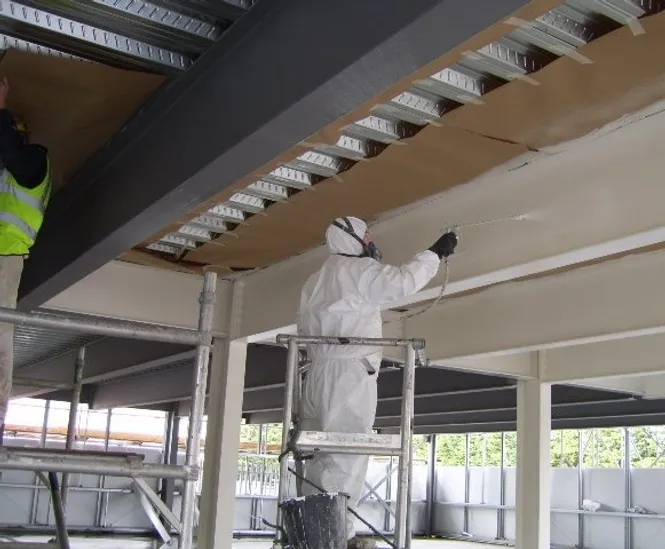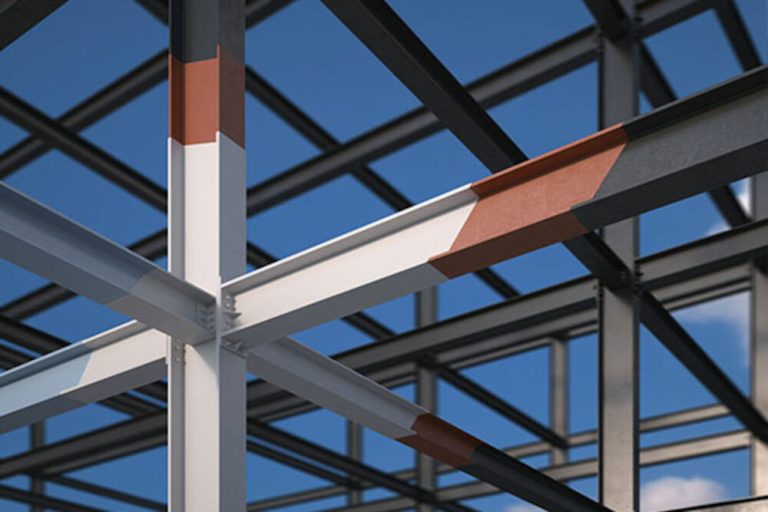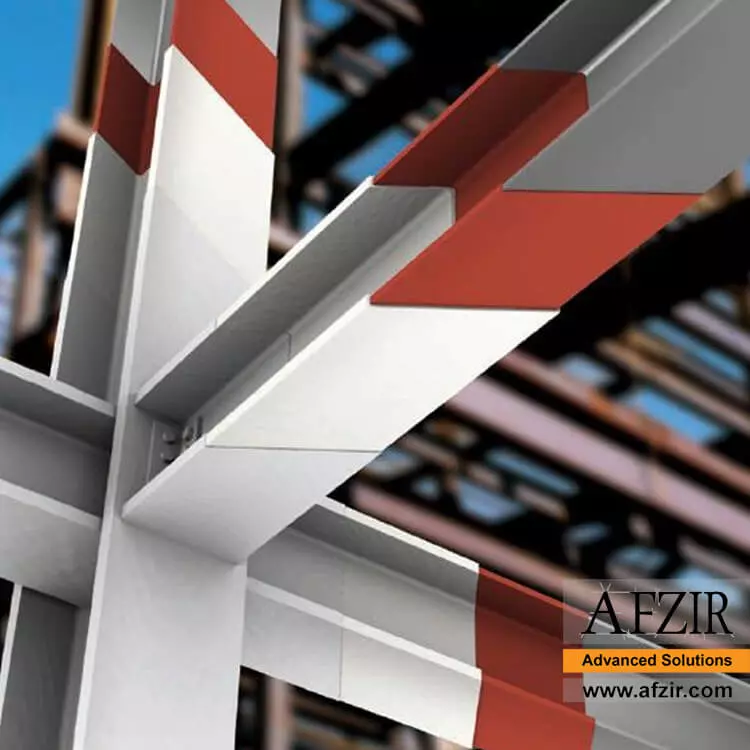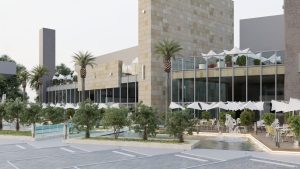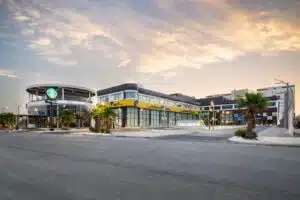Industrial and PEB
The industrial and power industries are rapidly evolving. In particular, the rise in renewable energy is having a profound effect on how these industries function. As we move away from fossil fuels and towards cleaner energy sources, the way we generate and use power will change dramatically. In this blog post, we will explore the evolution of industrial and power generation, with a focus on the potential for renewable energy. We will discuss the challenges and opportunities that lie ahead for these industries, as well as the role that innovation will play in meeting these challenges.
Industrial and PEB
The primary objective of industrial policy is to promote the development of industry and to create conditions conducive to its growth. The industrial policy provides a framework within which the government can intervene to correct market failures and create an environment that is conducive to investment and growth. The policy also aims to foster competition, encourage innovation, and reduce regional imbalances.
The commercial sector comprises establishments engaged in commerce, trade, and services. It includes wholesalers, retailers, hotels, restaurants, transport operators, banks, insurance companies, real estate agents, advertising agencies, and other service providers. The sector accounts for 60% of the GDP and employs more than 80% of the workforce.
The primary objective of commercial policy is to promote economic activity and employment. The policy provides a framework within which businesses can operate without undue interference from the government. It also seeks to foster competition by creating a level playing field for all businesses.
What is the meaning of PEB structure?
Pre-engineered buildings (PEBs) are factory-built structures that are shipped to site and assembled using bolted connections. PEBs are a type of industrial building that is designed to be both structurally efficient and cost-effective.
PEBs are typically used for warehouses, factories, storage facilities, and other types of industrial buildings. However, they can also be used for office buildings, retail stores, and even homes. PEBs are becoming increasingly popular as an alternative to traditional stick-built construction.
The main advantage of PEB construction is that it is much faster than traditional construction methods. PEBs are also easier to erect and require less on-site labor. As a result, they can save you time and money on your construction project.
What are the disadvantages of PEB?
There are several disadvantages of PEB, which include:
1. Limited design life – Most PEB structures have a design life of 20-25 years, which is much shorter than the lifespan of traditional buildings. This means that they will need to be replaced more often, resulting in higher maintenance costs over time.
2. Vulnerability to weather – PEB structures are not as resistant to extreme weather conditions as traditional buildings. They can be damaged by high winds and heavy rains, which can lead to costly repairs or even complete replacement.
3. Poor acoustic properties – The steel frame of a PEB structure can cause noise pollution, as it amplifies sound rather than absorbs it. This can be a major issue for businesses located near busy roads or airports.
4. High initial cost – Although the overall cost of ownership for a PEB structure may be lower than that of a traditional building, the initial investment required is usually higher. This makes them less affordable for many businesses, especially small businesses or startups.
How do you design a PEB structure?
When designing a PEB structure, the first step is to determine the loads that need to be supported by the structure. Once the loads are known, the next step is to select an appropriate structural system that can support those loads. The most common type of PEB structures are made from steel, but other materials such as concrete and wood can also be used. Once the material is selected, the next step is to design the actual structure. This includes creating drawings of the proposed structure and performing calculations to ensure that it will be able to support the required loads.
What kind of secondary member sections are used in PEB?
Secondary member sections in a pre-engineered building are typically made from structural steel, aluminum, or cold-formed steel. These materials are chosen for their durability, strength, and resistance to weathering. The most common secondary members used in PEB construction are columns, beams, trusses, and purlins.
Pre Engineered Building Systems
Pre-engineered building systems are becoming increasingly popular in the industrial and commercial sectors. PEB systems offer many benefits over traditional construction methods, including reduced construction time, improved energy efficiency, and enhanced seismic performance.
PEB systems typically consist of a steel frame that is assembled using prefabricated components. The components are then covered with an insulated metal panel system. This type of construction provides a number of advantages, including reduced on-site construction time, improved thermal performance, and increased resistance to fire and seismic activity.
One of the key benefits of pre-engineered building systems is the ability to achieve significant cost savings compared to traditional construction methods. In addition, PEB systems offer superior energy efficiency thanks to their thermal performance and airtightness. These benefits can result in significant reductions in operating costs for businesses over the long term.
Why PEB is Preferred Choice For Industrial ?
When it comes to industrial buildings, there are a few factors that come into play. The first is the size of the building. The second is the type of industry that will be housed in the building. And the third is the location of the industrial building. All three of these factors will help determine what type of PEB (pre-engineered building) is best suited for your needs.
The most common type of PEB used in industrial applications is the clear span structure. This type of PEB uses no interior supports, which allows for a much larger open space. The clear span design is ideal for warehouses and other storage facilities, as well as manufacturing plants and other types of production facilities.
Another popular type of PEB for industrial applications is the modular structure. Modular structures are made up of a series of modules that can be connected to form a larger whole. These modules can be easily transported and assembled on site, making them ideal for industries that require a lot of flexibility in their operations.
Finally, there is the hybrid PEB. Hybrid PEBs are a combination of both clear span and modular structures. They offer the best of both worlds by providing a large open space with the added benefit of being able to be easily expanded or reconfigured as needed.
No matter what type of industrial application you have, there is a PEB that is perfect for your needs. At Precision Engineered Buildings, we have experience designing and manufacturing all types of
Industrial PEB Structure
An industrial PEB structure is a prefabricated steel building that is perfect for housing various industrial operations. The buildings are made with high-quality steel that can withstand the rigors of industrial use, and they are designed to be easily assembled on site. PEB structures can be customized to meet the specific needs of your business, and they are an excellent choice for businesses that need a durable, reliable, and affordable building solution.
Pre-Engineered Building (PEB)
A pre-engineered building (PEB) is a type of steel construction in which the building components are manufactured in a factory and then shipped to the site for assembly. PEB is a popular choice for industrial buildings because it is fast and economical to construct, and it offers superior strength and durability.
Pre Engineered Building – PEB Industrial
Pre Engineered Buildings (PEB) are the buildings which are constructed using prefabricated components. These buildings are usually factory-built and then transported to the site for assembling. PEB Industrial is one type of pre engineered building which is widely used in various industrial applications.
Industrial and commercial buildings often require large open spaces and column-free interiors. Pre-engineered buildings can provide this by using long span trusses or beams. This allows for a variety of layouts and flexibility when it comes to interior design. PEB industrial buildings are also designed to withstand harsh weather conditions and heavy loads, making them ideal for factories, warehouses, and other industrial applications.
Pre-Engineered Building Design of an Industrial Warehouse
Pre-engineered buildings (PEBs) are becoming more popular in the construction of industrial warehouses due to their flexibility, cost-effectiveness, and speed of construction. The design of a PEB is typically done by a team of engineers who specialize in this type of building system.
The first step in the design process is to determine the size and shape of the warehouse that will be most efficient for the desired use. The layout of the warehouse will also be determined at this time. Once the size and layout have been determined, the next step is to select the appropriate frame system for the project.
There are many different types of frame systems available for PEBs, so it is important to consult with an engineer to ensure that the selected system will meet all structural requirements. Once the frame system has been selected, the next step is to add bracing and sheathing to complete the envelope of the building.
The final step in the design process is to add all necessary doors, windows, and other openings. Once these elements have been added, the building is ready for construction.
Design and Analysis of Pre Engineered Industrial Buildings
Pre-engineered buildings (PEBs) are factory-built structures of steel that are shipped to site and bolted together. These buildings can be used for a variety of purposes, including warehouses, distribution centers, storage facilities, and more. Industrial PEBs are typically larger and more complex than other types of PEBs.
Designing an industrial PEB requires knowledge of both the building code requirements specific to this type of structure as well as the loads that will be placed on the building. The loads can come from both the internal contents of the building (such as stored products or manufacturing equipment) and the external environment (such as wind or snow). Analyses are performed to determine the appropriate size and strength of the steel components that make up the skeleton of the building. Other aspects of PEB design include developing efficient floor plans, determining door and window locations, specifying roofing and siding materials, and selecting HVAC systems.
A key advantage of industrial pre-engineered buildings is that they can be designed to accommodate future expansion. The flexibility built into the initial design saves time and money down the road when changes are needed. Additionally, because all of the structural components are prefabricated in a factory setting, construction times are shorter than for traditional stick-built structures. This means that businesses can get up and running in their new facility more quickly.
Industrial Roofing Shed
Industrial roofing shed refers to the shelter or cover placed over an industrial structure or equipment to protect it from the elements. This type of shed is typically made from metal, plastic, or fiberglass materials. Industrial roofing sheds can be found in a variety of sizes and shapes to accommodate the needs of different industries.
Pre Engineered Industrial Buildings
There are many benefits to choosing a pre-engineered industrial building over a traditional building. Pre-engineered buildings are faster and easier to construct, which can save you time and money. They are also more versatile and can be adapted to your specific needs.
Pre-engineered buildings are made from prefabricated parts that are assembled on site. This allows for a more efficient construction process, as the parts are already cut and fit together. This also means that pre-engineered buildings can be disassembled and moved if necessary.
Traditional buildings are made from individual pieces that must be cut and fitted together on site. This can be a time-consuming and expensive process. Additionally, traditional buildings are not as adaptable as pre-engineered buildings, so if your needs change, you may have to completely rebuild your traditional building.
analysis and design of pre-engineered building
Pre-engineered buildings (PEB) are factory-built structures that are shipped to the site and assembled on the foundation. The components of a PEB are manufactured in a controlled environment, using state-of-the-art technology and equipment. This results in a high-quality, consistent product.
The first step in the design of a PEB is the analysis of the loads that the structure must support. These loads can be classified as either dead loads or live loads. Dead loads are the permanent weights of the building materials and components, such as the weight of the roofing, walls, floors, and ceilings. Live loads are temporary weights, such as snow load or wind load.
Once the dead and live loads have been determined, the next step is to design the structural frame of the building. The frame is composed of columns and beams that support the roof and floors. The type of material used for the frame will depend on the climate and location where the building will be erected. For example, if the building will be located in an area with high winds, then a stronger material like steel may be used for the frame.
After the structural frame has been designed, it is time to select the appropriate cladding system. The cladding system is what gives a PEB its distinct appearance. It also provides protection from weather elements like rain or snow. There are many different types of cladding systems available on the market today, so it is important
Industrial PEB Structure Manufacturer, Supplier, Service
If you are in need of an industrial or PEB structure manufacturer, supplier, or service, then look no further than the team at ABC Company. We have been in the business for over 20 years and have worked with some of the biggest names in the industry. We are a one-stop shop when it comes to your industrial and PEB structure needs and can provide you with everything from design and engineering to manufacturing and installation.
When it comes to our industrial structures, we only use the highest quality materials that are designed to withstand even the most extreme conditions. We also offer a variety of customization options so that you can get exactly what you need for your particular application. And our team of experts is always on hand to provide you with the support and guidance you need throughout the entire process.
As for our PEB structures, we offer a wide range of standard sizes and configurations that can be easily customized to meet your specific needs. We also offer a complete turnkey solution that includes everything from design and engineering to manufacturing and installation. So whether you need a simple storage shed or a complex multi-story factory, we have you covered.
For more information about our industrial and PEB structure solutions, please contact us today. We would be happy to discuss your specific needs and provide you with a free quote.

